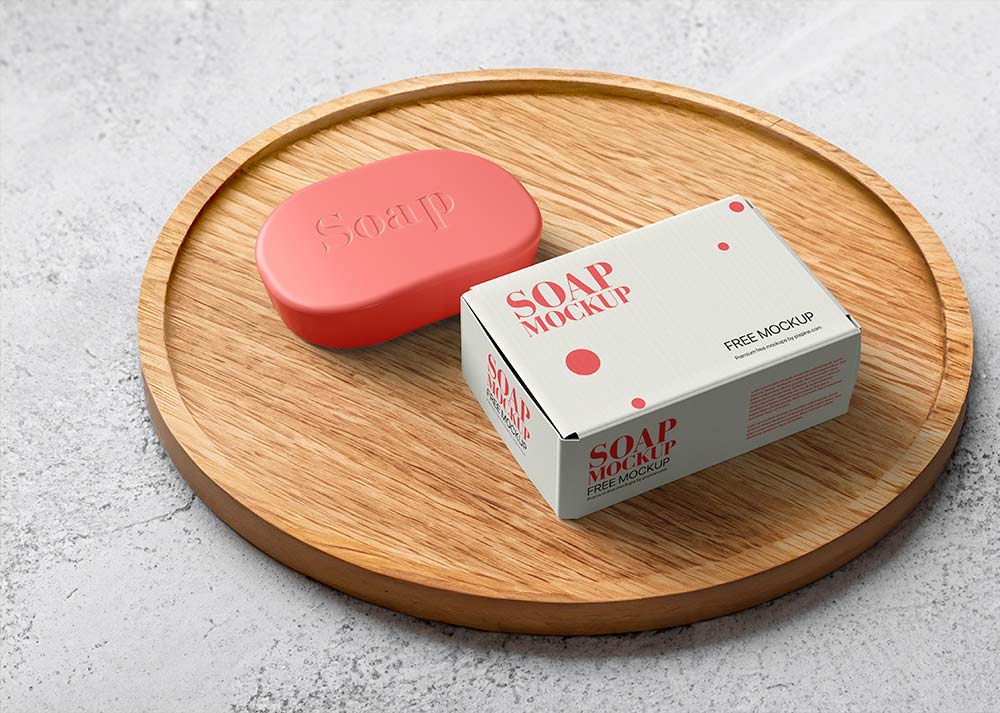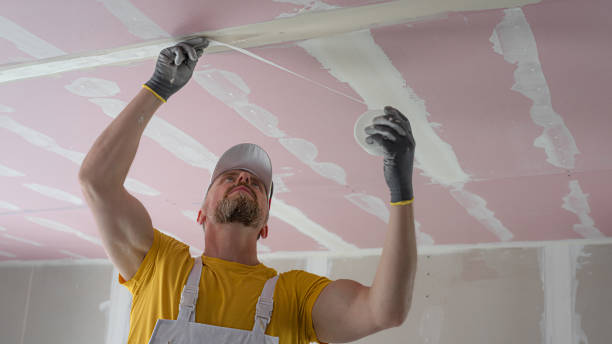Fragrance is one of the most sensitive and essential elements in handmade or organic soap products. However, its delicate nature makes it vulnerable to environmental factors like light, air, and moisture. For this reason, the packaging of soap plays a critical role in maintaining its scent and overall quality. This article dives deep into the science behind fragrance-safe custom soap boxes with logo, exploring how various packaging techniques preserve scent, ensure product safety, and enhance brand value.
Understanding the Fragility of Fragrance Compounds
Fragrances are made up of volatile organic compounds (VOCs). These compounds easily evaporate when exposed to air or heat. While this volatility makes the fragrance noticeable, it also makes it unstable. If not packaged correctly, the scent can weaken or change entirely before the product reaches the user.
These compounds also react to UV light and oxygen. Light can break down the molecular structure of essential oils and synthetic fragrances. Oxygen, on the other hand, can lead to oxidation, which alters the fragrance’s chemical balance. Moisture can be another enemy. When soap absorbs moisture, it not only affects texture but also causes the fragrance to dilute.
This is why airtight and opaque packaging is often used for soaps. It blocks light, limits air exposure, and prevents moisture from seeping in. Material choices also matter. Non-reactive materials such as glassine paper, biodegradable plastic, or aluminum-lined cartons help in maintaining fragrance integrity. The science here is about creating a physical and chemical barrier to protect these fragile compounds from outside elements.
Manufacturers often consult with chemical engineers to understand which packaging materials best preserve different kinds of scents. Whether it’s lavender, peppermint, or a citrus blend, each has unique needs. By understanding the chemistry of fragrances, companies can design packaging that acts like a shield, preserving the essence of the soap until it’s used.
Role of Barrier Properties in Packaging Material
Barrier properties are critical when it comes to soap packaging. These properties refer to the material’s ability to block out light, oxygen, moisture, and other contaminants. Not all packaging materials are created equal, and choosing the right one can make a big difference in how long the soap retains its fragrance.
Paper, for example, is breathable and eco-friendly, but it may not offer enough protection on its own. To enhance its barrier properties, soap makers might coat it with a thin layer of wax or use laminated versions. This boosts its resistance to air and moisture while keeping it biodegradable.
Plastic wraps often serve better at creating tight seals around the soap. However, not all plastics are suitable. Some can interact with fragrance oils and cause chemical changes. That’s why low-density polyethylene (LDPE) or bioplastics made from natural sources are more commonly used. These materials are less reactive and better at maintaining scent.
Aluminum foil is another great choice for its excellent barrier properties. It offers a complete shield against light and air. Often, it’s used as an inner layer in combination packaging to provide added protection without compromising eco-friendliness.
The key takeaway here is understanding how each material performs as a barrier. Testing methods like Water Vapor Transmission Rate (WVTR) and Oxygen Transmission Rate (OTR) help companies measure how effective packaging is. This scientific testing helps soap producers ensure that their product smells just as fresh when opened by the customer as it did during production.
Environmental Influence on Fragrance Stability
Environmental conditions have a strong impact on how well a soap retains its fragrance. Variables such as temperature, humidity, and even air pressure can lead to scent degradation. When choosing packaging, these environmental factors must be taken into account.
High temperatures can accelerate the evaporation of essential oils. When the oils evaporate faster, the fragrance fades quickly. This is why temperature-resistant materials are chosen for packaging, especially for soaps sold in warm regions. Materials with thermal insulation can slow down this process.
Humidity is another big concern. When soaps are exposed to a moist environment, the fragrance oils can mix with water and change their composition. Packaging that includes moisture-absorbing inserts or has a tight seal can help reduce this issue. Companies often use desiccants inside packaging for added protection.
Even air pressure during shipping can make a difference. Soaps sent through air freight may experience changes in air pressure that can cause tiny leaks in packaging. These leaks may seem minor, but they allow enough oxygen inside to affect fragrance stability. Vacuum-sealed packaging is one solution that helps reduce this risk.
By studying how soap reacts to these environmental conditions, companies can choose packaging that truly protects the product. The science of fragrance preservation doesn’t stop in the lab—it extends to the real-world journey of the product.
Influence of Natural and Organic Ingredients
Natural and organic ingredients in soap bring additional challenges in scent preservation. Unlike synthetic ingredients, natural essential oils are more sensitive and reactive. They break down faster and are more prone to oxidation. This makes fragrance-safe packaging even more important.
Essential oils like lavender, eucalyptus, and tea tree are popular in organic soaps. These oils are rich in compounds that offer not only fragrance but also skin benefits. However, they degrade quickly when exposed to light and air. This is why many organic soap brands opt for dark-colored or opaque packaging.
Natural soaps also contain fewer preservatives. This makes them more prone to microbial growth when exposed to moisture. Hence, the packaging must be not only fragrance-safe but also hygienic. Compostable wrappers with antimicrobial coatings are a recent innovation in this area.
The challenge is to keep the packaging eco-friendly while also being effective. Materials like kraft paper combined with biodegradable plastic inner linings are one way to strike a balance. These materials provide both sustainability and protection, meeting consumer demands for green products without sacrificing quality.
In summary, the use of natural ingredients requires more thoughtful packaging design. The right combination of material, seal, and storage recommendations ensures that the soap reaches the customer in its best possible form.
Importance of Packaging Design for Brand Integrity
While science focuses on protection, design focuses on communication. Packaging must not only preserve fragrance but also represent the brand’s image and values. It’s the first thing a customer notices, and it influences purchase decisions.
The packaging design must be practical yet visually appealing. It should signal quality, safety, and brand ethics. For natural or organic soaps, earthy colors and recycled materials are popular design choices. They convey a message of health and sustainability.
However, design should not compromise the protective function. Too often, brands choose beautiful but ineffective packaging. This leads to customer disappointment when the fragrance fades or the soap arrives damaged. The key is to integrate aesthetics with function.
This is where the use of custom soap boxes with logo plays a crucial role. These boxes allow brands to maintain a consistent identity while offering proper protection for their soaps. The custom design can include barrier layers, textured surfaces for grip, and branding elements that connect with customers emotionally.
Modern design also incorporates user experience. Easy-open seals, resealable flaps, and recyclable tags add to the customer satisfaction. Good packaging should offer a full experience—from first glance to final use—while keeping the fragrance intact.
Testing and Validation of Packaging Effectiveness
Scientific validation is essential for confirming the success of any packaging solution. Companies conduct various tests to see how well the packaging maintains fragrance over time. These tests are critical to ensure customer satisfaction and product reliability.
One common method is the stability test. This involves storing packaged soap under different environmental conditions and measuring how much fragrance remains after weeks or months. This test simulates the real-life conditions a product may face during shipping and storage.
Another method is accelerated aging. In this process, the product is placed under extreme conditions of heat, light, and humidity to see how it performs. This gives quick results about how long the fragrance will last in normal conditions.
Gas chromatography is also used to measure the presence of volatile compounds. This technology can detect even tiny changes in fragrance content, giving a clear picture of packaging effectiveness.
These scientific methods help brands fine-tune their packaging before launching a product. It reduces the chances of product returns or complaints, building trust with consumers. Validating through science ensures that what the brand promises is actually delivered.
Consumer Behavior and Sensory Experience
The sensory experience is a major factor in consumer behavior. The smell of a product can evoke emotions, memories, and even influence buying decisions. If the soap loses its scent, the consumer experience is compromised.
That’s why packaging must be seen as part of the product experience, not just a container. When a customer opens a soap box and is greeted with a pleasant, strong fragrance, it creates a positive emotional impact. This connection can lead to brand loyalty and repeat purchases.
Studies in consumer psychology show that people form judgments within seconds. The scent, look, and feel of the soap packaging all contribute to that first impression. Therefore, the packaging must not only preserve the fragrance but also deliver it at the right moment.
Innovations like scent-lock seals or embedded scent strips inside packaging are being used to enhance this experience. These techniques ensure that the consumer gets a burst of fragrance the moment they open the box.
By aligning packaging with sensory science, companies can create memorable unboxing experiences. This plays a major role in customer satisfaction and long-term brand success.
Sustainable Packaging Trends for Fragrance Protection
The move toward sustainability is not just a trend—it’s a necessity. But how do you make eco-friendly packaging that still protects delicate fragrances? That’s the new challenge many soap brands face.
Sustainable packaging options like recycled paper, compostable wraps, and plant-based plastics are being explored. These materials reduce environmental impact but must still meet the standards for fragrance protection.
One approach is using multilayer packaging. The outer layer is eco-friendly, while the inner layer provides the necessary barrier. Innovations like mushroom-based packaging or seaweed films are gaining attention for being both green and effective.
Another strategy is minimal packaging. By reducing the amount of material used, brands can cut waste. However, the design must be smart enough to still shield the soap. Smart folding techniques, molded fiber trays, and compostable adhesives are helping achieve this balance.
Sustainability doesn’t have to mean compromise. Through research and innovation, brands are finding ways to protect fragrance while also protecting the planet.
Conclusion
Fragrance-safe soap packaging is a complex blend of science, design, and consumer psychology. It goes beyond just wrapping a product—it’s about preserving the sensory essence that defines the soap. From selecting the right materials and testing for stability to understanding consumer expectations, every step matters. With thoughtful design and scientific backing, brands can ensure that their soaps deliver a lasting fragrance experience while staying true to their values.






